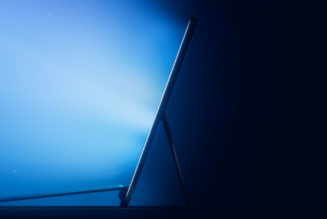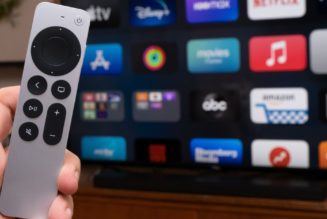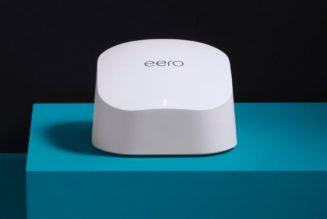So it seems that Google, the exemplar of the open-office concept, is trying now to figure out how to keep its design ideals intact while offering its employees at least some feeling of safety in these 6-foot-apart times. Apparently, these measures may include a number of interesting concepts, such as inflatable walls. (A GIF of one of those walls slowly unfolding nearly had me doing a spit-take with my morning coffee.)
These rather complex measures may have some people wondering whether we should abandon the entire open-office concept and go back to a more old-fashioned — but in these pandemic days, safer — plan of separate offices and high-walled cubicles. To tell you the truth, it doesn’t sound like a bad idea. But.
First, let me assure you that I am not a great fan of the whole open-office concept myself. As someone who worked out of a home office for many years, and in a traditional office setting before that, while the comradery that the open office encourages is nice, I don’t love the need to dash for a closed-door “phone booth” every time I receive, or need to make, a personal call — or, in fact, any call. I don’t enjoy having to hide in a cubicle in the ladies’ room if I am even a little upset or angry. In fact, before the pandemic hit, I was strongly tempted to put a photo from the 1928 film The Crowd or 1960’s The Apartment up at my desk to show that, well, open offices aren’t exactly new to our times.
:no_upscale()/cdn.vox-cdn.com/uploads/chorus_asset/file/22481773/the_crowd_1928_king_vidor.jpeg)
On the other hand… One thing I definitely do not miss about the traditional office structure is what having a private office represented. It was status. It showed what your boss thought of you and your potential. It represented your place in the organization — both to you, and to everyone else. In The Apartment, for example, Jack Lemmon plays a worker who is promised his own office if he allows executives to use his apartment for their extramarital flings. In other words, he is strongly tempted to compromise his own ethics in order to gain this status symbol.
But The Apartment is just a movie. There are also real-life examples.
Years ago, a newly-appointed editor-in-chief at a publication where I worked decided that he didn’t like me, but didn’t want to look bad by firing an employee who had a good record with the company. So he reassigned me from a private office to a cubicle next to the sales department, where I had to try to do my work while the guy next to me spent the day shouting into his phone. I, and everyone I worked with, recognized the significance of the move. It was meant to tell other workers that I was a pariah. It was meant to tell vendors and PR reps that I was not respected by my publication, and perhaps they should be dealing with someone else. It was meant to convince me to leave.
:no_upscale()/cdn.vox-cdn.com/uploads/chorus_asset/file/8839029/IMG_0158.JPG)
In a truly open office, where nobody (including the editor-in-chief) has their own office, that is no longer an issue. There are other ways, of course, to mistreat an employee — lots of different ways. But the use of the office as an indication of your status within the company can be incredibly toxic. If Google, and other current companies, can combine the better features of the open-office system with an increase in privacy and safety, then more power to them — even to their weird, inflating walls.










